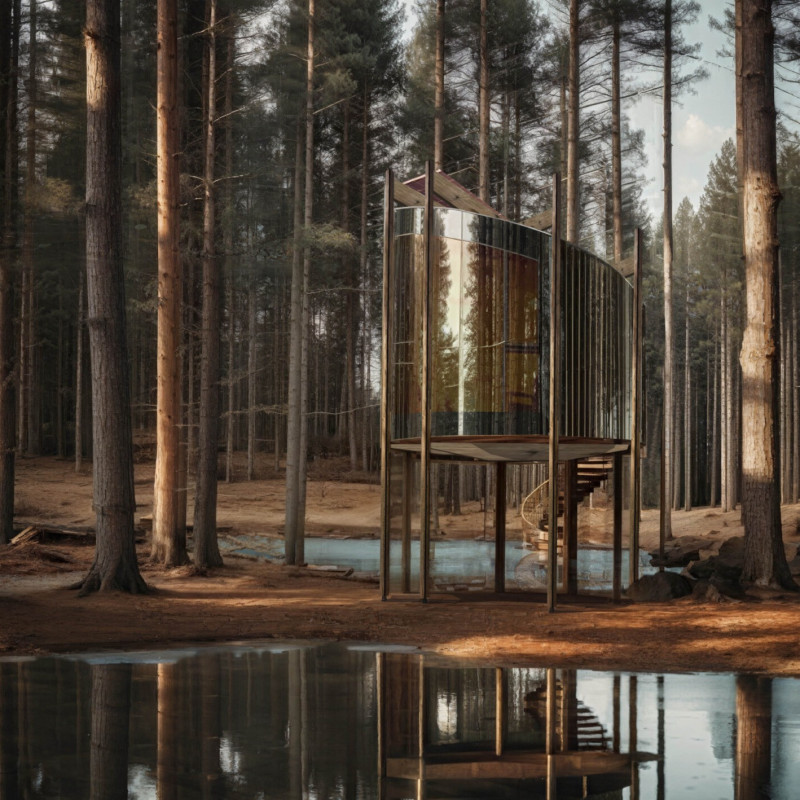5 key facts about this project
Primarily serving as a mixed-use facility, the project combines residential, commercial, and recreational spaces, making it a hub of activity within the neighborhood. This multifunctionality is central to its design ethos, fostering social interactions and creating opportunities for community engagement. The layout seamlessly integrates various areas, ensuring that each space flows naturally into the next, while still maintaining distinct identities that cater to specific activities.
The approach to the architectural design prioritizes sustainability and ecological mindfulness. The building features innovative energy-efficient systems, including passive heating and cooling strategies that reduce reliance on mechanical systems. Natural materials are emphasized, promoting a connection to the environment and enhancing the aesthetic appeal of the structure. The exterior facade showcases a combination of locally sourced stone, warm timber accents, and expansive glass panels that invite natural light into the interior, blurring the lines between inside and out. This choice of materials not only contributes to energy efficiency but also reflects the cultural context of the site, grounding the structure in its locality.
One of the unique aspects of this project is its focus on the user experience. Public spaces are designed with communal gatherings in mind, featuring open plazas, landscaped gardens, and inviting pathways. This emphasis on outdoor connectivity encourages a lifestyle that intertwines nature and urban living, promoting well-being among users. The incorporation of green roofs and vertical gardens not only supports biodiversity but also enhances thermal performance, demonstrating a commitment to environmental stewardship that resonates throughout the design.
Interior spaces prioritize flexibility and adaptability, catering to a range of activities that might take place at different times of the day. This thoughtful design approach allows for the spaces to be reconfigured according to the needs of the users, whether for community events, markets, or quiet residential living. The interior finishes harmonize with the exterior materials, creating a cohesive aesthetic that is both modern and inviting.
Additionally, the design incorporates robust technological infrastructure, considering the needs of contemporary inhabitants who require connectivity and convenience. Smart building systems enhance energy management, ensuring the building operates efficiently while providing a high level of comfort to its occupants. This harmonious integration of technology and architecture reflects a forward-thinking approach that is essential in today’s fast-paced environment.
Furthermore, the project responds to its geographical context by acknowledging local climate conditions. The orientation of the building takes advantage of prevailing winds and sunlight patterns, fostering natural ventilation and minimizing energy costs. By thoughtfully considering these environmental factors, the design demonstrates an understanding of how architecture can adapt to and enhance its surroundings.
The project stands as a model of how contemporary architecture can transcend mere functionality. It highlights the importance of creating spaces that foster community, celebrate local culture, and promote sustainability. Every element, from architectural sections to landscaping, has been meticulously considered to contribute to the overall vision of a cohesive, vibrant environment.
As you explore this project further, consider delving into the architectural plans and designs that illustrate the intricate details and thoughtful strategies at play. Reviewing the architectural sections will provide deeper insights into how each component interacts within the broader context of the building. This level of analysis can enrich your understanding of the project’s architectural ideas and their practical implications. The interplay of innovative design and community focus makes this project a significant contribution to contemporary architecture, worthy of detailed examination.


 Javier Rios Tello
Javier Rios Tello 























